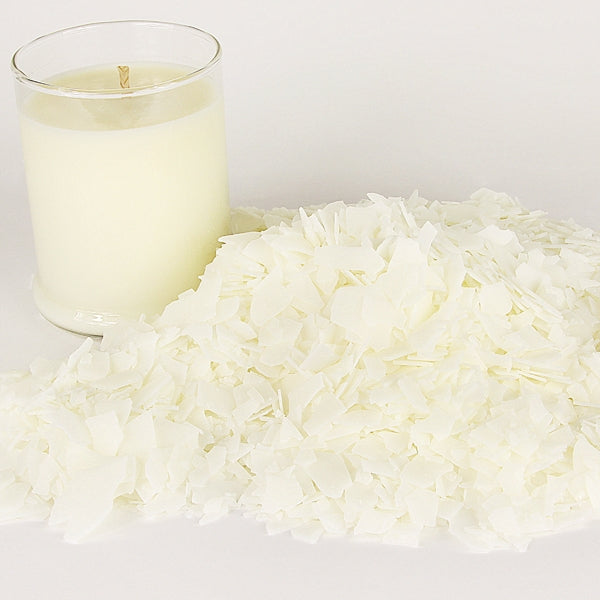Change Your Home with Eco-Friendly Soy Candles and Home Fragrance
Change Your Home with Eco-Friendly Soy Candles and Home Fragrance
Blog Article
From Wick to Wax: Comprehending the Chemistry Behind Soy Wax Candles and Their Ecological Influence
As we brighten our areas with the cozy glow of candle lights, there lies a world of detailed chemistry behind the relatively simple act of lighting a soy wax candle. Join us as we decipher the scientific details behind soy wax candle lights and discover their implications on our environment.
Soy Wax Vs. Paraffin Wax
When contrasting soy wax and paraffin wax for candle production, it is important to comprehend the distinctive features and benefits of each material. Soy wax is an all-natural, eco-friendly source derived from soybean oil, making it green and biodegradable - soy candles. On the other hand, paraffin wax is a byproduct of petroleum refining, which raises problems concerning its environmental influence and sustainability
Soy wax candles shed cleaner and send out much less soot compared to paraffin wax candle lights, making them a healthier option for indoor air top quality. In addition, soy wax has a lower melting factor, enabling a longer-lasting candle light that spreads scent more effectively. Paraffin wax, on the other hand, often tends to melt faster and much less cleanly, possibly launching dangerous chemicals right into the air.
From a sustainability point of view, soy wax is favored for its biodegradability and sustainable sourcing, straightening with the growing consumer choice for ecologically mindful products. While paraffin wax has been a conventional choice in candle light making as a result of its affordability and convenience of use, the change towards environmentally friendly choices like soy wax is gaining momentum in the sector.
Chemical Make-up of Soy Wax

Combustion Process in Soy Candles
The chemical composition of soy wax directly influences the combustion procedure in soy candles, impacting factors such as burn time, scent launch, and environmental effect. When a soy candle light is lit, the heat from the fire melts the wax near the wick. This fluid wax is after that created the wick as a result of capillary action. As the fluid wax reaches the fire, it undertakes and vaporizes burning. The burning process involves the vaporized hydrocarbons in the wax responding with oxygen airborne to generate warmth, light, water vapor, and co2.
The burning effectiveness of soy candle lights is affected by the purity of the soy wax and the top quality of the wick. Additionally, soy wax candles have a lower ecological effect contrasted to paraffin candles due to their biodegradable and sustainable nature.

Environmental Advantages of Soy Wax

Considered a lasting option to traditional paraffin wax, soy wax provides notable ecological benefits that make click for info it a prominent choice among eco-conscious customers. Soy wax burns cleaner and produces much less soot than paraffin wax, contributing to better indoor air quality and minimizing the need for cleaning and upkeep. Overall, the environmental advantages of soy wax straighten with the growing demand for environmentally friendly and lasting items in the market.
Recycling and Disposal Considerations
Recycling and appropriate disposal of soy wax candles play a critical function in maintaining environmental sustainability and reducing waste in areas and houses. When it comes to recycling soy wax candle lights, the first step is to make sure that the candle light has actually melted completely.

In regards to disposal, if recycling is not an alternative, soy wax candle lights are eco-friendly and can be securely taken care of in many house waste systems. It is always advised to inspect with regional reusing centers or waste management solutions for specific guidelines on candle light disposal to ensure appropriate handling and environmental defense.
Conclusion
In verdict, the chemistry behind soy wax candles discloses their ecological benefits over paraffin wax candle lights. Soy wax, obtained from soybean oil, burns cleaner and creates less residue when contrasted to paraffin wax.
When comparing soy wax and paraffin wax for candle light making, it is necessary to comprehend the distinctive characteristics and advantages of each material (soy candles).Soy wax candle lights melt cleaner and discharge much less soot contrasted to paraffin wax candle lights, making them a much healthier option for indoor air high quality.Considered a sustainable choice to traditional paraffin wax, soy wax uses significant ecological benefits that make it a popular option among eco-conscious customers. Soy wax burns cleaner and produces less soot than paraffin wax, contributing to far better indoor air quality and reducing the demand for cleaning and upkeep.In conclusion, the chemistry behind soy wax candles discloses see this website their ecological benefits over paraffin view website wax candles
Report this page